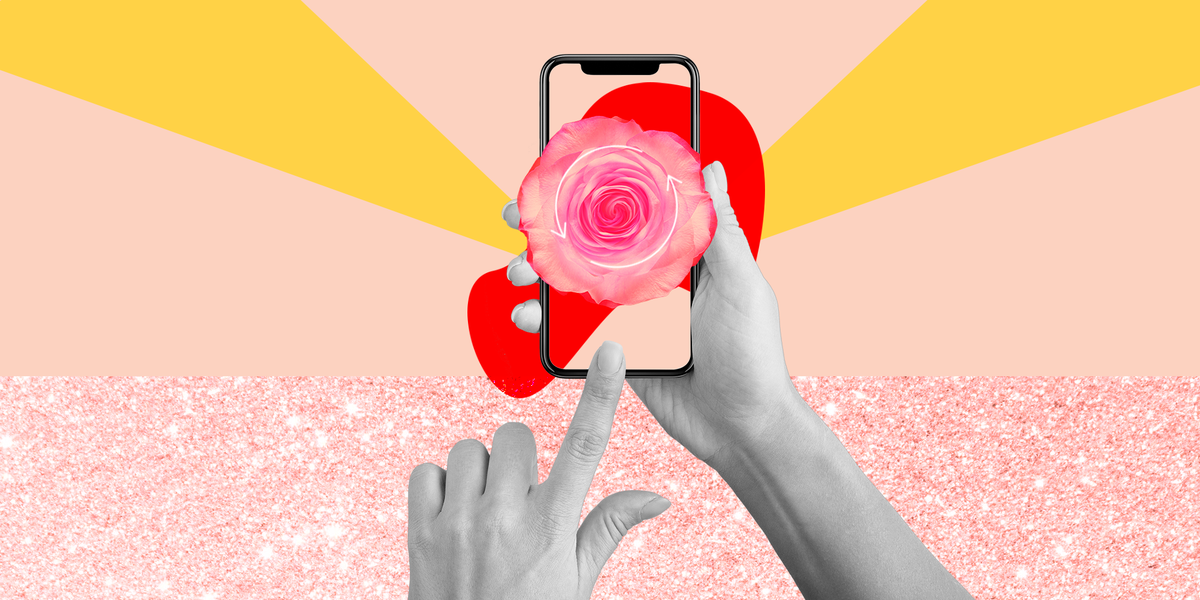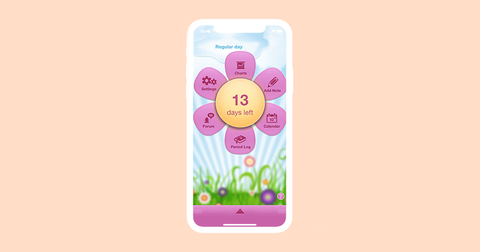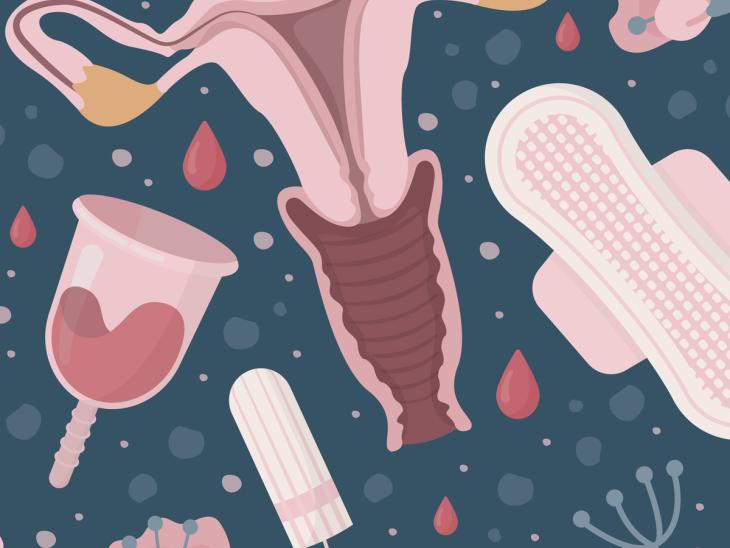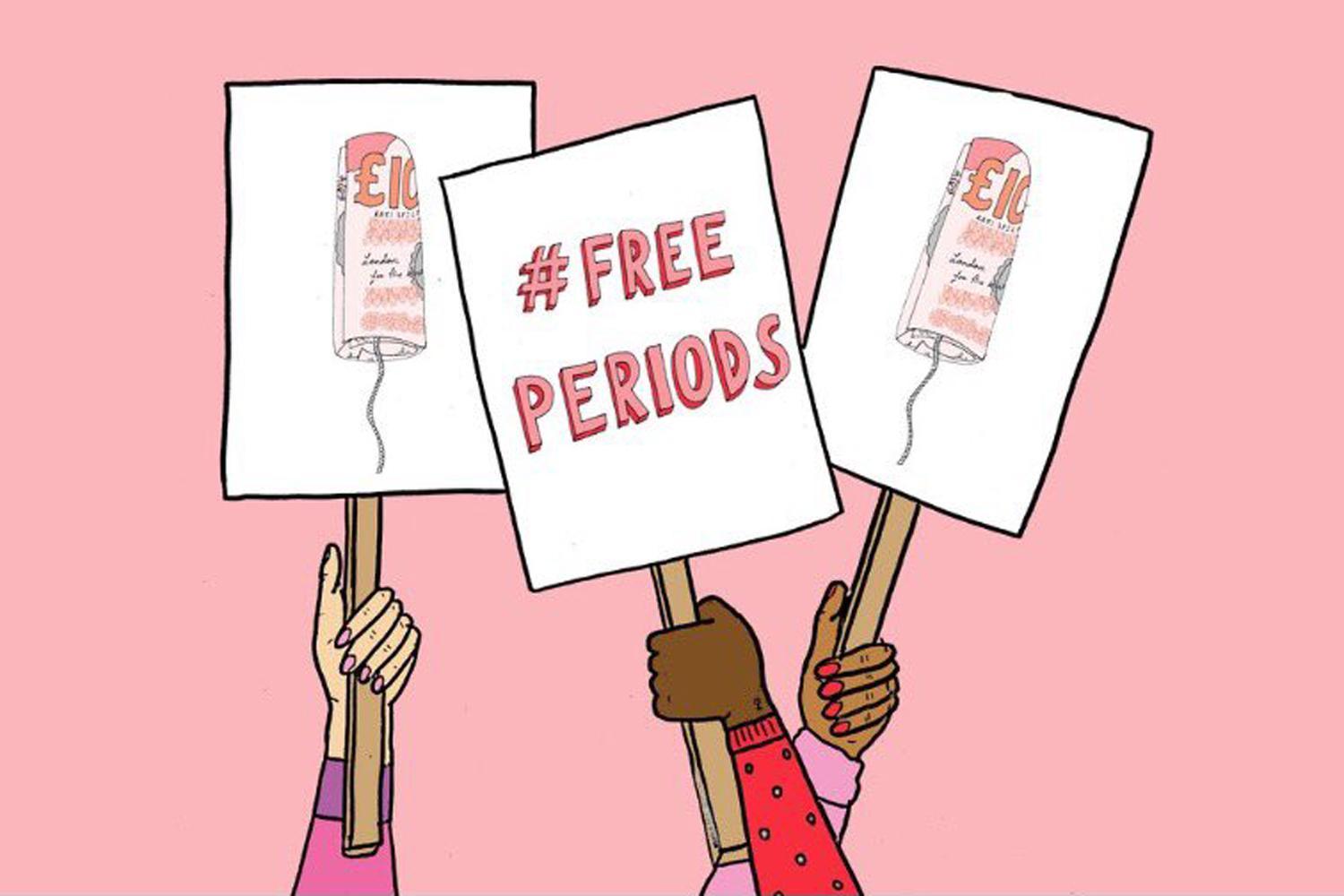I was thirteen years old when I got my first period, while I was at school. Though I knew the basics about menstrual cycles, I was scared. I remember telling my father about my first cycle and he sat me down to explain the entire phenomenon. My sources of information about menstrual health from then on were my friends who also subsequently got their periods and anecdotes from books.
Ten years down the line, I now learn and process new findings about menstrual health via technology – the internet and/or applications addressing details about menstruation and conversations focused on eco-friendly period products. Technology has definitely made life better for people who menstruate in terms of awareness and accessibility to information, but we also have to remember the role we play in further sharing the knowledge with people who cannot access these media.

Language and menstruation: Breaking the binary to include everyone who bleeds
For a long time, it was believed and socially propagated that all people belong to either of the two categories of the gender binary – man and woman. This was in turn linked to the idea of cisnormativity, where people adhere to the gender identities assigned to them at the time of birth. Thus, by this logic, it is ‘natural’ only for female bodies to experience menstruation.
There is already a growing shift in the language surrounding menstruation which includes a change from ‘women’ to ‘people who menstruate’, and from ‘feminine products’ to ‘menstrual products’ but it is not enough. It is necessary that we create safe spaces for menstruators to share their experiences without the stereotype of gender
This misguided belief is being called out now more than ever, by people who do not wish to subscribe to the sex assigned to them at birth and want to further discover their identity. In this context, it is necessary for gender neutral terms to be included in mainstream discussions so as to include the interests of the individuals who identify as non-binary. The same should be applied to menstruation conversations as well. Assuming that only women menstruate is deeply problematic and needs to be questioned. The needs and identities of trans and non-binary menstruators should not be ignored while addressing menstruation.
Alsoo read: Period Positivity: What More Can We Do As Menstrual Health Educators?
There is already a growing shift in the language surrounding menstruation which includes a change from ‘women’ to ‘people who menstruate’, and from ‘feminine products’ to ‘menstrual products’ but it is not enough. It is necessary that we create safe spaces for menstruators to share their experiences without the stereotype of gender.

A significant method in which social entrepreneurs are changing the course of conventional conversations around menstruation is by incorporating gender neutral terms while addressing menstruation on social media platforms. Menstruation is now looked at as a global phenomenon and not something which affects only menstruators. The amplification of the hygiene aspect of menstruation has helped in roping in policy decisions, health budgets and sanitation infrastructure into the conversation.
Period Apps: A database of predictive period insights
Menstrual applications make our lives simpler by documenting the progress of the menstrual cycle, and predicting due dates.
There are a number of applications which help track periods more systematically and understand the changes in the body efficiently. Applications like Flo and Period Calendar (among many others) offer a range of features from tracking ovulation windows to recommending dietary changes to ensure a smooth period. These applications ensure that the users are updated about their cycles regularly.

The application named Clue uses gender neutral language and offers multiple options like documenting the amount of blood flow and discomfort due to premenstrual syndrome (PMS) apart from period tracking and prediction. For people who suffer from Polycystic Ovary Syndrome (PCOS), Clue helps to understand the cycles as well as internal and external changes to the body.
Some applications also familiarise new menstruators to the bodily changes they may undergo and help them understand their hormones and mood swings. Period tracking applications have an algorithm of their own and as long as the data (onset and longevity of the period, weight, mood swings etc) is entered every month, a very reliable personal database is created and made available on our fingertips.

The applications predict the length of the cycle and ovulation days based on this data. Fertility trackers like Ovia help to understand the stages of the cycle and give predictive insights including body temperature to guide individuals trying to conceive.
Another relevant initiative focusing on providing a safe private space for menstruating individuals through chat rooms and chatbots is a company named Pinky Promise. With an aim to make reproductive, sexual and menstrual health information more accessible, Pinky Promise addresses issues like period cramps, Sexually Transmitted Infections (STIs), pregnancy and PCOS.
Alternatives to pads and tampons: Technology and sustainable menstruation
For many of us, the products that come to mind when we think of menstruation are sanitary pads and tampons. On an average, sanitary pads take about 500-800 years to decompose, making them extremely harmful for the environment. With the rise in technology, many affordable and eco-friendly alternatives to pads and tampons have come into the market, completely changing the way we experience menstruation.

The first memory of menstruation almost always is about understanding the mechanisms of a sanitary pad or a tampon. Environment friendly, cost effective alternatives like menstrual cups, reusable cloth or bamboo pads, period underwear and menstrual discs strive to make menstruation sustainable. A menstrual cup usually lasts up to 10 years and can easily hold 12 hours of flow.
Also read: Period Poverty Endangers Women’s Right To Dignity
Reusable cloth pads come in varying styles and thicknesses to suit different period needs, with some companies offering the option to custom design pads based exclusively on personal flow. One major advantage is the very low risk of fungal infections because these pads are chemical free. Some brands provide a removable insert within these pads to allow a quick change and prove to be more efficient in the long run.
Even though technology has made periods easier and hassle free for some of us, a long battle needs to be fought to ensure menstrual equity and access to menstrual hygiene products among various socio-economic classes. Sanitation infrastructure, public health budgets and menstrual cost are issues that need to be addressed to make sure we cut across privilege and ensure safe menstruation for all
A menstrual disc, lasting for about 12 hours, works on the same principle as the menstrual cup. These discs can hold the flow of almost four tampons, thereby reducing the carbon footprint. They come in disposable and reusable categories and are apt for a sustainable period.
Even though technology has made periods easier and hassle free for some of us, a long battle needs to be fought to ensure menstrual equity and access to menstrual hygiene products among various socio-economic classes. Sanitation infrastructure, public health budgets and menstrual cost are issues that need to be addressed to make sure we cut across privilege and ensure safe menstruation for all.

The transfer of the burden of sustainability on menstruating individuals alone is also problematic. Period products that are sustainable and manufactured using high end technology is not affordable for everyone. We must comprehensively look at all these contingent aspects before we can credit technology for revolutionising menstruation.
Despite, we have come a long way from ‘Whisper’-ing about periods to breaking menstrual myths and taboos on social media. Technology sure has empowered us with alternative products, and platforms to access menstrual insights, have open conversations and move towards an inclusive, scientific discourse on menstruation.
Reference:
Featured Image Source: Mashable India
About the author(s)
Srishti is a first year Masters student in Gender Studies at AUD. She is passionate about reading and chasing after dogs. You will often find her recommending ASMR videos to people.




